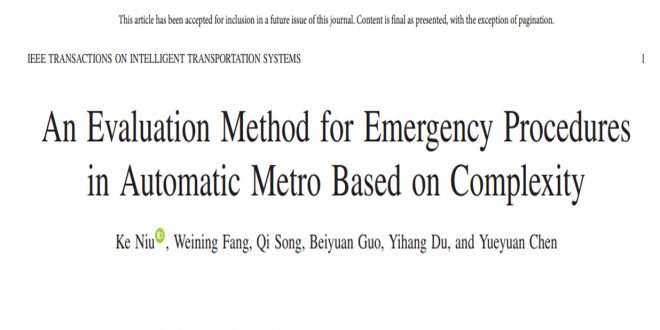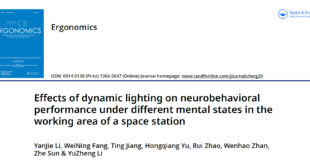Complexity of emergency procedures have direct impacts on the accomplishment of tasks in metro system. In order to ensure the efficient operation of automated metro in emergency scenarios, it is necessary to understand the potential relationship between system change and emergency procedures. To solve this problem, an evaluation method for emergency procedures is proposed. Firstly, on the basis of investigation, interview and empirical analysis of different types of automated metro lines, combined with Team-Cognitive Work Analysis(CWA) method and network theory, the team emergency task network is established. Then four characteristic indexes, i.e. degree, average shortest path length, agglomeration coefficient and overall network efficiency, are selected as the analysis metrics of emergency task network complexity. The complexity of different emergency procedures under grades of automation(GOA) 4 and same emergency procedure under GOA1-GOA4 are comprehensively analyzed. The research results reveal that no matter what level of automation system, the more nodes and communication between nodes, the larger network scale is, which will lead to the emergency procedures more complicated, and vice versa. The driver’s behavior plays a decisive role in the variation of communicating frequencies.
References: Ke Niu , Weining Fang, Qi Song, Beiyuan Guo, Yihang Du, and Yueyuan Chen. IEEE TRANSACTIONS ON INTELLIGENT TRANSPORTATION SYSTEMS [J], 2019. DOI: 10.1109/TITS.2019.2958115
 复杂系统人因与工效学研究所
复杂系统人因与工效学研究所

